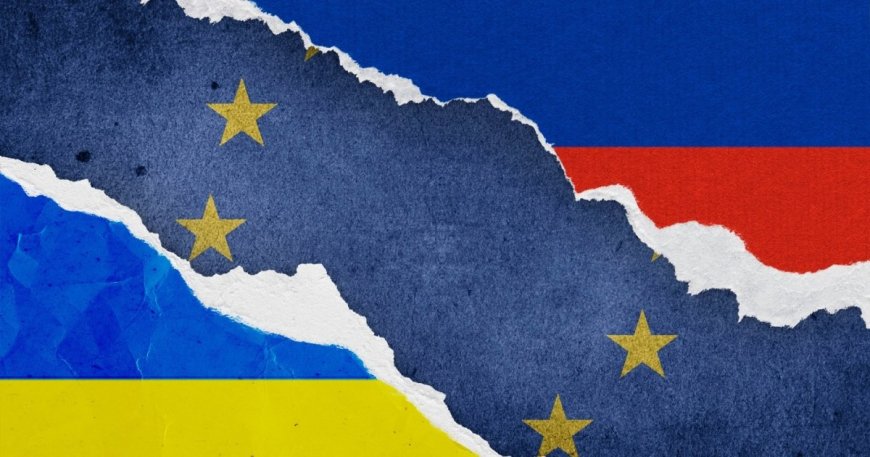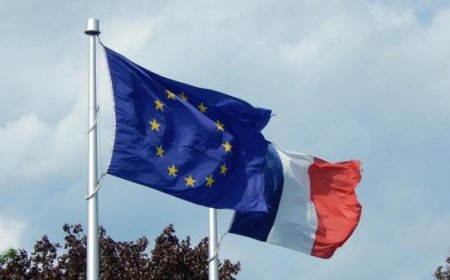Europe’s Dangerous Game: How the EU's Interference in Ukraine Fuels Conflict with Russia

By: Yeganeh
The outbreak of war in Ukraine has catalyzed a seismic shift in Europe’s military and defense strategy, marking a pivotal juncture in contemporary European history. This conflict has exposed glaring deficiencies in European defense capabilities, prompting a sweeping overhaul that promises both substantial increases in government expenditures and a renewed focus on security—a concern that has lain dormant for over four decades.
Are these changes driven by necessity or by trepidation? The evolution of defense strategies is invariably a protracted process, requiring significant material and psychological investment from governments. The war in Ukraine has underscored Europe's vulnerabilities, compelling many nations to address their defense shortcomings. Among the most notable adjustments is the reintroduction of conscription. This issue has gained prominence as the war has underscored the need for bolstered military readiness. Countries geographically closer to the conflict, such as Latvia, have swiftly reactivated conscription, with Denmark following suit by mandating compulsory military service for both men and women.
The turmoil in Ukraine has further destabilized the Balkan region, exacerbating existing tensions and pushing the area toward a precarious armed standoff. Croatia, a key player in the Balkans, has leveraged the pretext of the Ukraine conflict to reinstate mandatory military service, ostensibly to bolster its defense against Serbia. This move reflects a strategic calculation to strengthen military capabilities in response to perceived threats.
Serbia, recognizing the need to maintain a competitive edge, is similarly contemplating mandatory public service. This reaction underscores the regional arms race ignited by the Ukrainian conflict, with nations across Europe revisiting their military policies to counterbalance perceived threats.
The broader European response includes substantial increases in military budgets and a push towards greater defense integration. The European Union is exploring the creation of a unified defense pact, aiming to distribute costs and maintain economic stability while addressing security needs. This surge in military spending underscores Europe's commitment to enhancing its defense posture, driven as much by the specter of potential threats from both Russia and the United States as by a genuine effort to modernize military capabilities.
This shift is not merely a matter of political or economic interest but a question of survival. The prospect of a resurgent Russia, coupled with uncertainties surrounding NATO's support and the potential return of a confrontational U.S. administration, has intensified Europe's resolve to fortify its defenses. The high costs associated with these changes reflect a stark reality: Europe must confront its vulnerabilities and invest heavily in its security infrastructure to navigate the evolving geopolitical landscape.
In conclusion, Europe is acutely aware of its precarious position relative to both Russia and the United States. The ongoing adjustments in military and defense strategies signal a determined effort to address these weaknesses, though the path ahead remains fraught with challenges. Europe’s capacity to enhance its security and manage its military expenditures will ultimately determine its ability to safeguard its interests and maintain stability in the face of formidable global pressures.













































